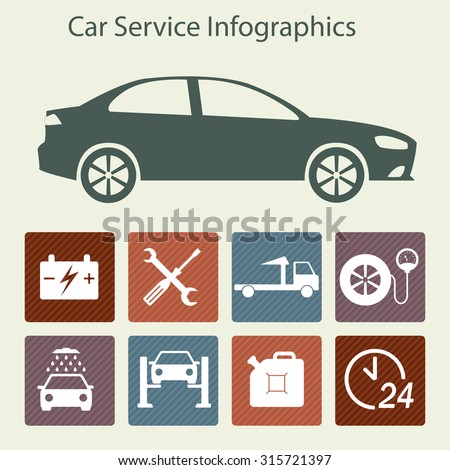Examining Your Vehicle'S Caution Indicators: What They Really Communicate
Examining Your Vehicle'S Caution Indicators: What They Really Communicate
Blog Article
Author-Sykes Dalgaard
When you're behind the wheel, those glowing warning lights on your control panel can be a little bit complicated. Do you understand what they're attempting to tell you concerning your automobile's health and wellness? Understanding the value of these lights is essential for your security and the longevity of your vehicle. So, the next time one of those lights appears, would not you wish to analyze its message accurately and take the essential actions to resolve it?
Common Warning Lighting and Interpretations
Determine typical warning lights in your automobile and comprehend their definitions to ensure secure driving.
One of the most normal caution lights consist of the check engine light, which signals issues with the engine or emissions system. If this light comes on, it's critical to have your vehicle checked without delay.
The oil stress warning light shows low oil stress, calling for instant attention to prevent engine damage.
A flashing battery light might recommend a defective charging system, potentially leaving you stranded otherwise dealt with.
The tire stress monitoring system (TPMS) light informs you to low tire stress, influencing automobile stability and fuel effectiveness. Ignoring this could cause unsafe driving problems.
boat detailing indicates a problem with the anti-lock braking system, compromising your ability to quit swiftly in emergencies.
Last but not least, the coolant temperature level advising light warns of engine overheating, which can cause extreme damages otherwise resolved promptly.
Comprehending https://www.consumerreports.org/car-maintenance/things-to-know-about-oil-changes-for-your-car-a9532249359/ will assist you attend to concerns quickly and maintain secure driving problems.
Relevance of Prompt Attention
Recognizing the common caution lights in your vehicle is only the primary step; the significance of quickly resolving these warnings can't be emphasized enough to guarantee your security when traveling.
When a warning light brightens on your dashboard, it's your automobile's method of connecting a prospective issue that requires interest. Overlooking these cautions can lead to a lot more extreme issues down the road, endangering your safety and possibly costing you extra out of commission.
Trigger interest to warning lights can protect against breakdowns and accidents. As an example, a flashing check engine light could suggest a misfire that, if left neglected, might trigger damage to the catalytic converter. Addressing this quickly can conserve you from a pricey repair.
Similarly, a brake system alerting light may signify reduced brake fluid or worn brake pads, vital parts for your security when driving.
Do It Yourself Troubleshooting Tips
If you see a warning light on your control panel, there are a couple of do it yourself troubleshooting suggestions you can attempt before seeking professional assistance.
The initial step is to consult your automobile's manual to comprehend what the details caution light indicates. Sometimes the concern can be as simple as a loosened gas cap setting off the check engine light. Tightening the gas cap may resolve the trouble.
An additional typical issue is a low battery, which can set off various cautioning lights. Examining the battery connections for corrosion and guaranteeing they're secure might take care of the issue.
If a caution light continues, you can try resetting it by disconnecting the cars and truck's battery for a couple of mins and then reconnecting it. Additionally, examining your vehicle's fluid degrees, such as oil, coolant, and brake liquid, can aid fix warning lights connected to these systems.
Verdict
To conclude, understanding your vehicle's caution lights is necessary for keeping your vehicle running smoothly and securely. By promptly resolving these notifies and understanding what they mean, you can avoid expensive repair work and potential breakdowns.
Remember to consult your car's manual for particular information on each cautioning light and do something about it accordingly to make certain a trouble-free driving experience.
Stay notified, remain risk-free when traveling!
